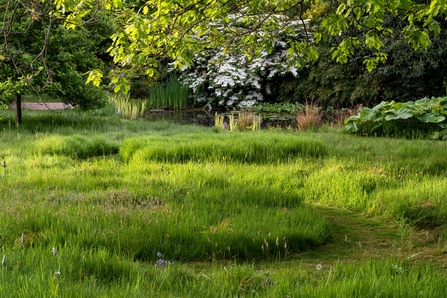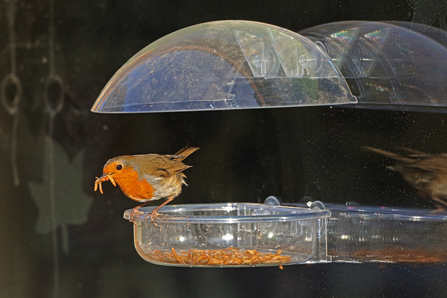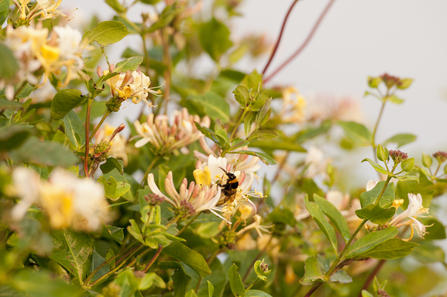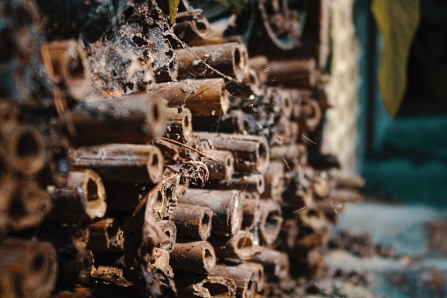
A garden lawn with long grass for wildlife. Picture: Julian Weigall/ RHS
A few well-chosen plants transform Ed's front garden

A garden lawn with long grass for wildlife. Picture: Julian Weigall/ RHS
The grass may be growing, but resist the urge to strim and mow it! Take extra care when strimming long grass; hedgehogs enjoy these shady spots, so make sure you don’t injure your prickly garden friends as they will not run away when confronted with noise.
Before you mow, check the edges of lawns for froglets, toadlets, and newts; these are young amphibians that have just left their ponds and need to find cool shady places for the summer.
Could you create a wildflower meadow in part of your lawn? Scrape away the grass and topsoil, and then sow cornfield flowers that will bloom before the end of summer.
Flower power: Grow a miniature meadow

Vine House Farm
Garden birds are busy feeding their young, so why not help them out with extra protein food. Live mealworms can be taken by adult birds to feed to their young before and after they’ve left the nest.
Some garden birds are feeding their second brood already, so the adults need help too, which is why a mixed bird food with sunflower seeds and suet also helps to keep your birds in good condition.
Feeding the birds in spring

A bumblebee foraging on honeysuckle. Picture: Ross Hoddinott/ 2020Vision
Bats need flowers as they feed on the insects that are attracted to them. At dusk you’re most likely to see the erratic flight of a pipistrelle bat swooping and diving across your garden eating midges and other flying insects.
Plant evening-scented shrubs and flowers, such as honeysuckle and night-scented stock, which attract insects and provide a mini-banquet for bats.
Make Your Garden Bat Friendly

You can build a simple bug hotel for solitary bees by cutting bamboo canes into 40cm long pieces and grouping 25 of them together using tight string; hang near flowering bushes – any prospect is fine, though they prefer warmth - and watch for bees filling up the holes with reddish material after egg laying. The new bees will emerge next spring ready for a new cycle.